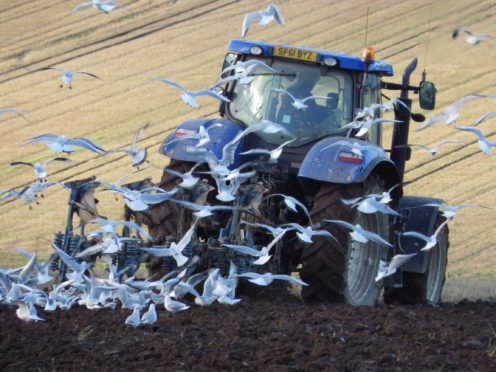Farm leaders have called for certainty and clarity over the way in which industry will transition from the Common Agricultural Policy (CAP) into post-Brexit policy.
Representatives from a number of farming organisations made the plea while giving evidence to the Scottish Affairs Committee.
The group of MPs was taking evidence on the future of Scottish agriculture after Brexit at SRUC’s Oatridge campus on the outskirts of Edinburgh.
NFU Scotland director of policy Jonnie Hall said while the CAP had brought stability in terms of support payments, it had stifled innovation and often incentivised inertia, but while industry accepted that agricultural policy needed to change, that change needed to be managed carefully.
“Scotland has an extremely diverse agricultural landscape and profile and that sets it apart from the rest of the UK,” said Mr Hall.
Quality Meat Scotland chairman and Borders farmer Kate Rowell said MPs needed to realise the dominance of the livestock sector in Scotland, compared to other parts of the UK.
She said: “Fifty thousand people depend on the red meat industry in Scotland (for employment) and livestock is 38% of agricultural input.
“Livestock is predominantly more important in the Scottish rural economy.”
Scottish Land & Estates agricultural policy adviser Eleanor Kay said the industry’s departure from the CAP offered an opportunity to be “bold and innovative” and revitalise Scottish farming, however more details were needed on how this process was going to work.
She said: “For an industry to prepare for change, it has to know the direction of travel from government.”







